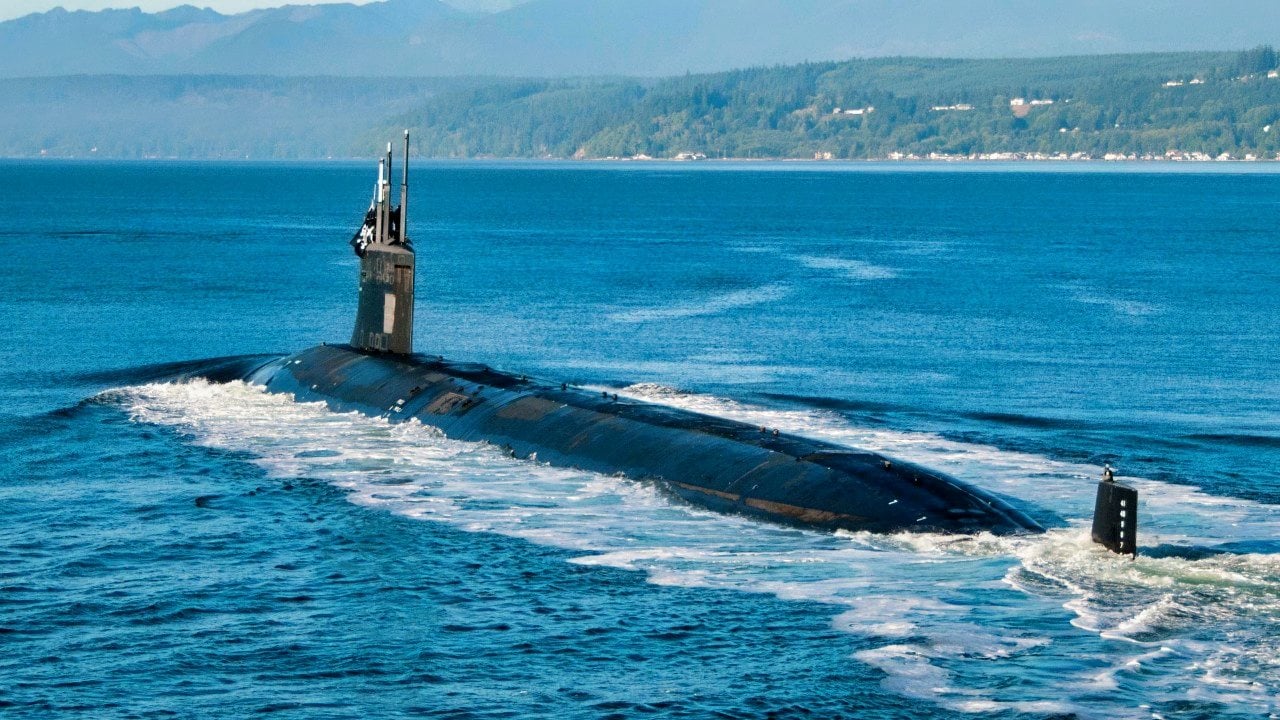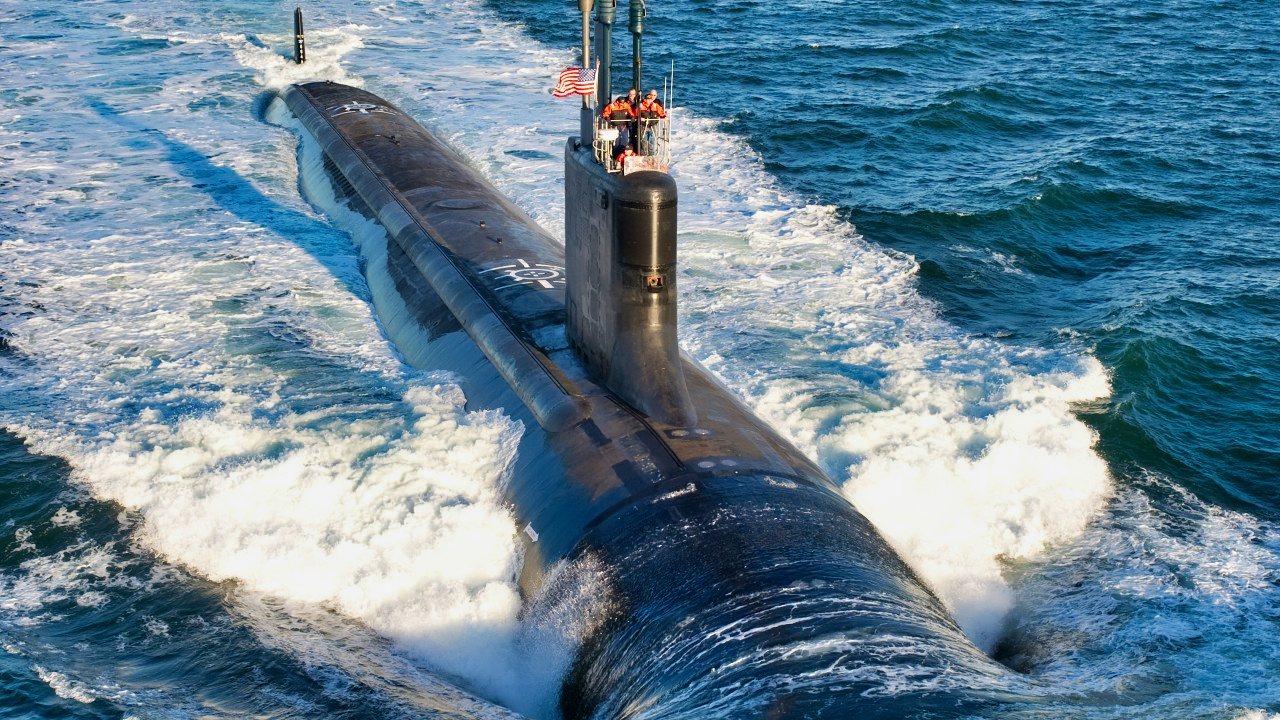SSN(X): The Navy Has Impressive Plans for a New Attack Submarine
Meet SSN(X): The US Navy is starting to think about a class of attack submarines that would serve into the 22nd century. The SSN(X) could be a true game changer - or end up being obsolete.
Meet SSN(X): The US Navy is starting to think about a class of attack submarines that would serve into the 22nd century.
What do the boats look like and how is the project going? That means it's time to talk about the SSN(X) project.
SSN(X) Project
The first SSN(X) boats would begin to enter service in the 2030s. For the first twenty or so years of the run, the SSN(X) boats will share the sea with the Virginia-class SSNs, themselves having replaced the last Los Angeles-class attack boats. Construction on late-block Virginias would continue until replaced on the slips by the new class in the first couple of years of the 2030s.
To some extent, the SSN(X) will represent a throwback to the Seawolf class, a group of boats designed to carry the fight on the high end against Soviet submarines in the Atlantic, Pacific, and Arctic.
Requirements for this mission include high speed, low acoustic signature, and large magazine capacity for torpedoes and other weapons.
While the Virginias sacrificed some of these characteristics in order to manage cost and maintain multi-mission capabilities, the new boats will be genuine hunter-killers. A 2019 estimate ran to $5.5 billion per boat, up significantly from the Virginia class.
That estimate has almost certainly become dated given inflation and the pressure on the defense industrial base generated by the Russia-Ukraine War; indeed, one recent estimate suggested a cost in the neighborhood of $7.2 billion per boat.
Developments
But just as plans for the SSN(X) have begun to gain steam, questions about the future relationship between submarines and unmanned subsurface vehicles have grown.
Unmanned vehicles operating in the air, on the surface, and below the sea offer persistent surveillance of the underwater space, necessarily making the environment more lethal for large, hot manned submarines. These unmanned vehicles generally lack the capacity of a major manned platform, but they don’t need to carry many weapons in order to become lethal to a submarine. Other concerns include the ever-present threat of small, quiet diesel-electric submarines operating in proximity to their bases, as well as developing technologies that could render the sea effectively transparent to surveillance.
We have little concrete information with which to judge the future of submarine warfare. While the Russia-Ukraine War has demonstrated the usefulness of unmanned surface vehicles, it has not offered many lessons on high-end undersea combat.
The submarines of Russia’s Black Sea Fleet have operated with impunity, threatening Ukraine’s lines of maritime transit and conducting precision attacks against Ukrainian military and civilian targets. However, Russia’s dependence on submarines limits its ability to control the sea, opening up political space for Ukraine to conduct international maritime trade.
Strategic Situation
To say the least, the strategic situation has changed since the development of the Virginia-class.
The US military made use of SSNs during the Wars on Terror, but mostly only to launch long-range precision cruise missile attacks. Monitoring Russian and Chinese submarine operations was always an important mission, but neither of those navies posed much of a challenge after the end of the Cold War. In reflection of this reality, the high-end Seawolfs were cancelled in favor of the multi-mission Virginias.
Now, with Sino-American relations worsening and the U.S. and Moscow very nearly at each other’s throats in Ukraine, the situation has changed. Attack boats will continue to need a land-strike capability, but they will increasingly be called to prepare for ASW and anti-surface roles. While submarines have always participated in broader operational battleplans to fight and win engagements, the radical increase in communications and data analysis technology has made the SSN ever more critical to fighting a fleet engagement. While the developing ASW capabilities of Russia (and especially China) remain to some degree notional, there is little question that submarine combat in the Western Pacific will be sophisticated and lethal.

What is the Future of the SSN(X)?
The SSN(X) is a platform that represents a commitment to a particular vision of maritime warfare. As always, commitment to vision carries risks, and technological changes could make the investment in a next generation of nuclear attack submarines look unwise. Still, the platform is extremely flexible (it has carried out a bewildering array of missions since the construction of the first SSNs in the 1950s), and it seems likely that the SSN(X) will continue to find ways to make itself useful in the 22nd century.

The two submarine construction yards in the US will have plenty of time to apply the lessons learned, finishing out the Virginia class and standing up the first Colombia boats before diving into construction of the new SSN(X).
These warships will give the USN a chance to preserve its undersea dominance for the next fifty years and beyond.
Expertise and Experience of Author: Dr. Robert Farley
Dr. Robert Farley has taught security and diplomacy courses at the Patterson School since 2005. He received his BS from the University of Oregon in 1997, and his Ph. D. from the University of Washington in 2004. Dr. Farley is the author of Grounded: The Case for Abolishing the United States Air Force (University Press of Kentucky, 2014), the Battleship Book (Wildside, 2016), Patents for Power: Intellectual Property Law and the Diffusion of Military Technology (University of Chicago, 2020), and most recently Waging War with Gold: National Security and the Finance Domain Across the Ages (Lynne Rienner, 2023). He has contributed extensively to a number of journals and magazines, including the National Interest, the Diplomat: APAC, World Politics Review, and the American Prospect. Dr. Farley is also a founder and senior editor of Lawyers, Guns and Money.

